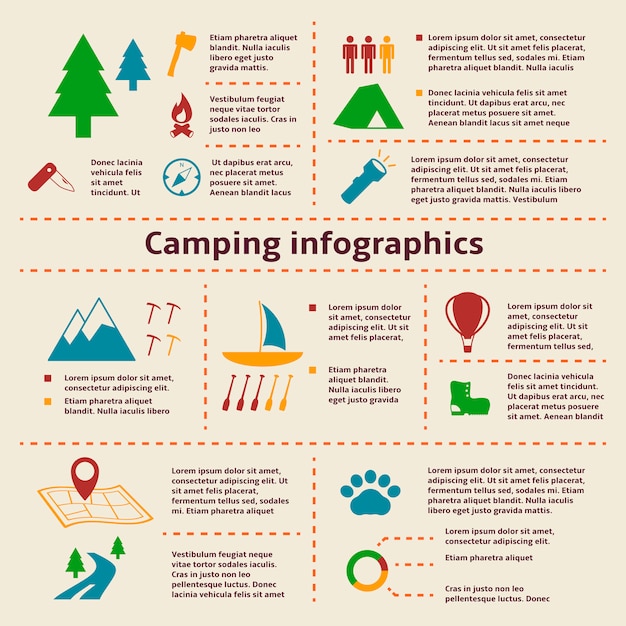A selection of aspects can impact night skies digital photography. From weather to upcoming celestial events, you'll want to intend in advance to guarantee success.
How cold is too cold for camping?
The shutter rate you choose figures out whether stars look like precise pin-points or path across the picture. A great rule of thumb is to restrict the exposure to 500 seconds, or the matching of your lens's focal size.
Location
Among one of the most essential consider an excellent photograph is where you take it. Go for areas with minimal light contamination, and prevent locations that have intense city lights and high-rise buildings.
Likewise, search for a place that provides foreground components to create structures with. As an example, dune patterns, wind-sculpted ridges and rough outcrops can all offer appealing foreground components to help tell the tale of your evening sky photo.
It is additionally helpful to research study expensive occasions such as meteor showers and lunar eclipses to make the most of chances for excellent images. Using a tool such as the Professional photographer's Ephemeris can be exceptionally beneficial when intending your shoots. It aids you to determine moon phases, Galaxy setting and various other expensive occasions. Also, consider shooting in RAW style as opposed to JPEG as this offers you more flexibility when refining the images. This is especially true if you prepare to print your pictures.
Cam Setups
Obtaining the right camera settings is necessary for any kind of photograph, yet particularly so for evening skies pictures. A wide-angle lens is best for recording more of the Galaxy and reducing star routes, in addition to a longer shutter rate to quit the motion of celebrities and expose their information.
For a maximum level of quality, shoot in RAW style instead of JPEG, which enables you to preserve even more data and offers versatility throughout post-processing. This can additionally add to file size, so make certain you have lots of storage area and added flash memory card on hand.
Set your emphasis to hands-on concentrating by flipping the AF/MF turn on your lens right into MF mode. You might require to take a few test shots and inspect the picture playback on your cam's LCD display till you achieve best, determine hands-on emphasis. It's a great idea to do this during the day with your selected lens and the location you will certainly be contending evening, to confirm the accuracy of your focus setup.
Lights
A good night skies picture requires the right problems. This includes a dark sky, yet additionally an intriguing foreground aspect such as a mountain on the horizon, a lake to mirror the celebrities, or a human aspect like a barn or shed. You can even use a headlamp to brighten the foreground and include some drama or depth to your photo.
One of the most essential camera setups for evening sky photography are the aperture and shutter rate. The broader the aperture, the much more light that gets to the sensing unit. This enables you to capture intense celebrities in a fairly short amount of time.
The shutter rate figures out whether your stars will certainly be pin-point best or if they will look like celebrity tracks because of the Earth's turning. Make sure to take multiple lengthy exposure shots and pile them in post-processing for the very best results. Last but not least, shoot in RAW setting to give on your own maximum latitude in post-processing.
Composition
The trick to stunning star shots isn't a premium telescope, a brand-new wide-angle lens or a high-grade Canon or Nikon video camera. It's strategy, planning and structure.
For beginners, hunt your shoot location in advance to obtain a feel for the design and possible compositions. Take into consideration integrating foreground elements such as rocks, a lake or alpenglow on the landscape to include character and passion to your photos.
Bear in mind the Policy of Thirds when composing your photos. This basic principle aids balance and link pictures. It's likewise useful for concentrating on sights in your photo, such as rock features or the Milky Way. Likewise, keep in mind to intend your shoots around moon phases-- shooting fancy camping tents at a full moon can subdue celebrities and create a silhouetted form, while firing on nights with a new moon can help you see constellations more clearly.
How do you maintain a canvas tent?
